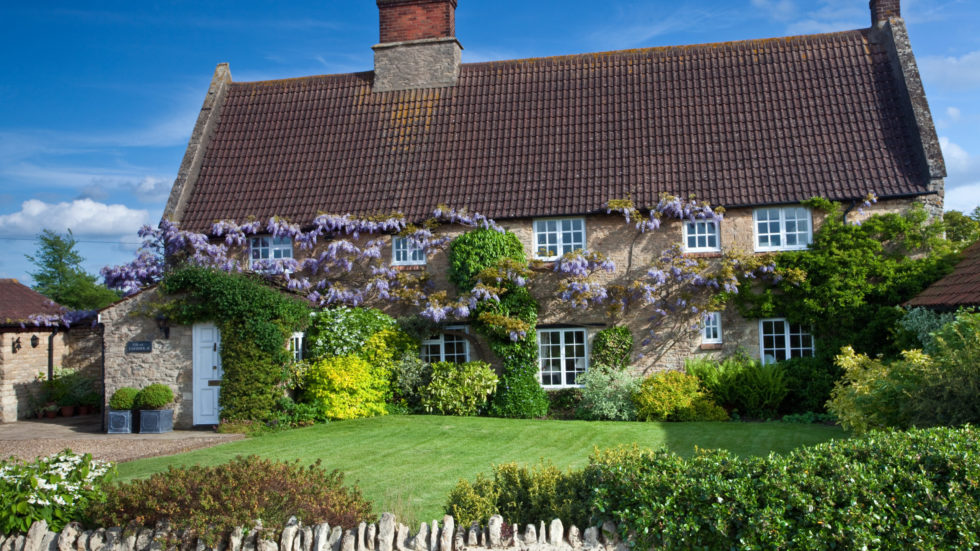Breathing New Life Into Listed Buildings

Breathing New Life Into Listed Buildings
Are you the proud owner of a property with a lengthy history and of significant value to the nation? Perhaps you dream of a property which boasts grandeur? If you fall into either category, what do you need to consider when it comes to breathing new life into a building which is listed by Historic England?
As a general rule, a listed building is one typically was built before 1840, these buildings are then listed by one of three categories – Grade II, Grade II* for more important buildings, and finally, Grade I for the most significant of all. The listings, issued by Historic England apply primarily to the exterior, but also to the interior, and on occasions can relate to other structures which are attached to the main listed building.
Whatever the age of your property it is likely that you will want to make alterations to it to give it your own stamp and to make it work for you. When it comes to making alterations, and perhaps in some cases breathe new life into a listed building you will need to be ready to follow some strict guidelines, however, there is no need to fear, although there are hurdles, you can still make changes to your home.
If you plan to upgrade your period property, you will need to obtain consent from your local council in a process similar to applying for planning permission. The council’s planning team can offer homeowners advice about what works are appropriate for the building, if work is carried out without consent there are stern penalties which apply to those responsible including custodial sentences and heavy fines.
If listed building consent is given you may be required to hire a builder who can carry out work following traditional methods and using materials which are not necessarily common practice. When applying for listed building consent, discuss special requirements with the council and also the builders you hire to do the work so that they know the specification of the works to take place and that they have the knowledge and experience.
Although obtaining listed buildings consent can be time consuming and at times expensive, the rules and regulations are in place to protect buildings which are considered as having historic value to the nation. Despite limitations in some areas, you are still able to carry out alterations, but, remember that your local council has much more control over building projects when it comes to doing work on your listed home.
Keeping The Past Alive In
The Present & The Future
For more information about Historic England’s nearly 400,000 listed buildings across
the nation, and the rights and responsibilities for owners when it comes to renovations, visit: www.historicengland.org.uk





